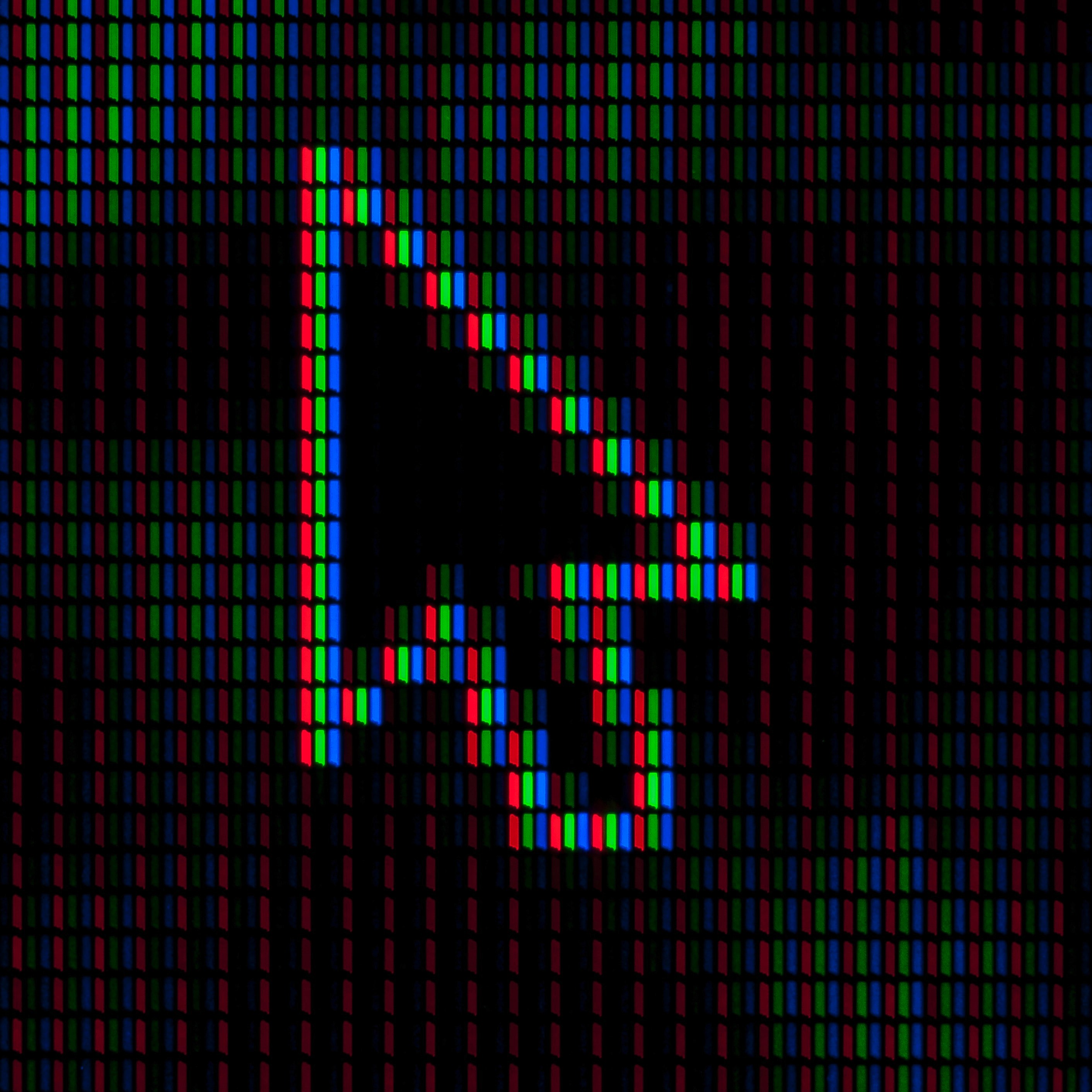An Ode to the Cursor
Jul 29, 2017

Years ago, I bought a book called “Humble Masterpieces”. It was a small-format but brilliant book that simply talked about objects that nobody would care about… Paperclip, sugar cube, white t-shirt and more. Have you ever thought about who ‘designed’ these things? You might easily argue that there were no ‘designers’ in the process. But does that mean that they were not designed?
A lot of these objects, like the sugar cube, is without a known designer but they were all envisioned and planned by someone. They were thought as a solution to some kind of problem and fulfilled it successfully — all the while passing the cruel test of time. For me, that means that they were designed and designed well.
As designers, every time we get a new project that might look boring, uninspiring or like a dead end, we huff and puff, complain and wish for a “better” project next time.
I’d bet that Charles A. Kiesling Jr. was not at all thinking that he had the perfect project when he realized he needed a way to make the user know where the next character will appear if they pressed a key. He is the guy that invented the ubiquitous, omni-present and still alive-and-well blinking cursor. Yes, it is that thing that exist on your screen whether you are holding an iPhone, or a laptop. It is the very thing that is guiding me while a type these words.

Some of you might dismiss the ingenuity of this cursor. It might look like the kind of thing that was always there by default. You’d be wrong. It was only there after someone envisioned it and made it work after hard work. It was also the pre-cursor (pun intended) to other types of cursors, especially the mouse cursor which Xerox PARC made into possibly the most followed visual cue in the world.
So, what can we possibly learn from the cursor?
Every Project is a Chance to Make a Difference
What made the cursor so useful and so long-lasting was it’s ingenuity and simplicity even in the face of a gargantuan problem. You are talking about the beginning of an era that made humans communicate with machines easily. Let that sink in for a moment. This one invention opened the door for whatever you are doing with your screen, keyboard or mouse now. Every time I get a new project, I try to think the ultimate impact of it. I play the scenarios in my head to see what might come out of it and what doors it can open. No project is a small project. It is your attitude towards it that makes a difference.
Appreciate the Existing Solutions and Build on Them
These type of “Humble Masterpieces” that are only visible upon careful inspection are usually well worth the inspection. Do take the time to appreciate every detail of anything that you love using. Think before you critisize and know that for every detail you see, there is probably a reason. Might not be a very good reason, but a reason worth pondering nonetheless. If you can access the people who created the current version of whatever you are trying to improve, please be a good sport and ask them. You might learn much more than you expect by understanding the status-quo first than criticizing it right away.
Try to Create Long-Lasting Solutions
Small or big. MVP or version 10. Do try to create solutions that can last longer than you can say ‘overhaul.’ Time and effort are limited supplies. They also require a piece of the finite resources from our planet and humanity. Be careful about what you are creating and make a habit of seeing more than a few steps ahead. Who knows, maybe you can be the creator of the next sugar cube or the blinking cursor.


